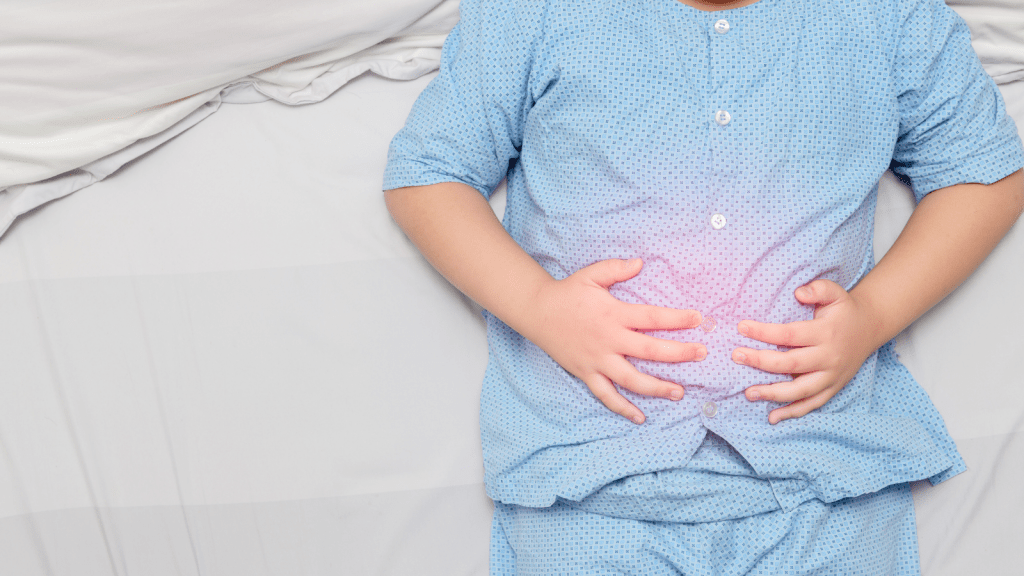
New guidelines will help children suffering with pain around the world
The World Health Organization (WHO) has published new guidelines on managing chronic pain in children.
It’s important work considering somewhere between 11 per cent and 38 per cent of children globally suffer from chronic pain.
About 5% of those children experience severe negative effects as a result, such as not being able to attend school or function normally, social challenges, and mental health concerns such as anxiety and depression.
“These guidelines mark a historic event in caring for these children on a global level,” says Hamilton Health Sciences’ McMaster Children’s Hospital (MCH) psychologist Dr. Meghan McMurtry, who works in the hospital’s pediatric chronic pain program and was a member of the Guideline Development Group who published the document.

MCH Psychologist Dr. Meghan McMurtry
A new way of looking at children’s pain
Traditionally, pain has been seen as a biomedical problem and as a result, the previous guidelines only considered pharmacological management of pain, using drugs.
But the new guidelines emphasize the importance of a “biopsychosocial perspective” – meaning providers must consider psychological, physical and pharmacological contributors to pain and recommend that treatments be equally balanced.
It recognizes that these interventions for chronic pain can be helpful whether the pain is:
- secondary to an underlying illness or disease, such as arthritis, inflammatory bowel disease or cancer.
- a disease onto itself, known as “chronic primary pain”
The document also emphasizes that access to pain management is a fundamental human right, and child and family-centered care is critical when managing pain.
The intersection of the physical and emotional
McMurtry became interested in health psychology because it was the intersection of physical and mental health.
“Pain is the epitome of that intersection between what is typically separated into “physical” and “mental” health. But this is a false dichotomy. Pain has a sensory and emotional component. It’s such an interesting phenomenon. There are so many things that can influence pain which means that there are so many things that can make pain better. Pain is often misunderstood,” she says.
“As soon as you get someone to understand their pain and the mind-body connection, it’s very rewarding.”
HHS psychologist in Guideline Development Group
The Guideline Development Group was made up of 23 individuals who were tasked with reviewing evidence and forming recommendations. These individuals represented 17 different countries across all of the health regions of the WHO.
McMurtry, who is also an associate professor at the University of Guelph, was invited to join the group by the WHO. She was the only psychologist in the guideline development group and one of three Canadians.
The guidelines are targeted at healthcare providers caring for youth with chronic pain, as well as policy-makers.
MCH Pediatric Chronic Pain Program the “gold standard”
“Chronic pain is incredibly difficult for children and their families. MCH’s pediatric chronic pain program is designed to help these children,” says McMurtry. “It’s really the gold standard because we combine the different approaches – the psychological, physical and pharmacological. By focusing on improving function and quality of life, the entire program is designed to retrain the brain to be able to manage pain.”
Treatment can include cognitive behavioural therapy, physical therapy, occupational therapy, and medication. The multidisciplinary team also provides pain science education, goal setting, parent interventions, and school-liaison work.
McMurtry says her job is to work herself out of a job. While she loves meeting with families, she loves having her young patients be able to implement their own strategies and reach their goals independently, even more. “It’s so rewarding.”
